Leather Goods Market Summary
As per MRFR analysis, the Leather Goods Market was estimated at 309100.0 USD Billion in 2024. The Leather Goods industry is projected to grow from 330200.0 USD Billion in 2025 to 515000.0 USD Billion by 2035, exhibiting a compound annual growth rate (CAGR) of 4.6 during the forecast period 2025 - 2035.
Key Market Trends & Highlights
The Leather Goods Market is experiencing a dynamic shift towards sustainability and customization, driven by technological advancements and changing consumer preferences.
- The North American region remains the largest market for leather goods, characterized by a strong demand for high-quality handbags.
- Asia-Pacific is emerging as the fastest-growing region, with increasing interest in innovative footwear designs.
- Handbags continue to dominate the market, while synthetic leather is witnessing rapid growth due to its eco-friendly appeal.
- Rising disposable income and sustainability trends are key drivers propelling the market forward.
Market Size & Forecast
| 2024 Market Size | 309100.0 (USD Billion) |
| 2035 Market Size | 515000.0 (USD Billion) |
| CAGR (2025 - 2035) | 4.6% |
Major Players
Louis Vuitton (FR), Gucci (IT), Hermes (FR), Prada (IT), Chanel (FR), Coach (US), Michael Kors (US), Tory Burch (US), Fendi (IT)
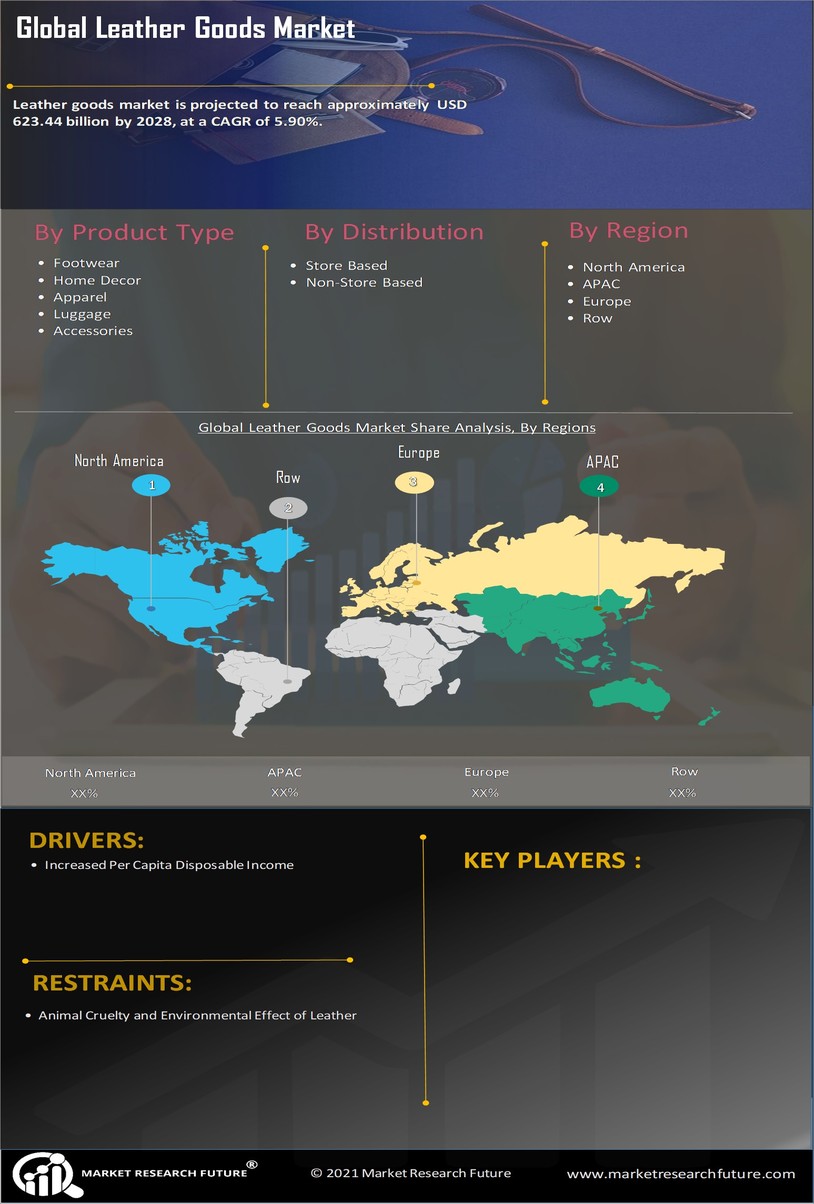

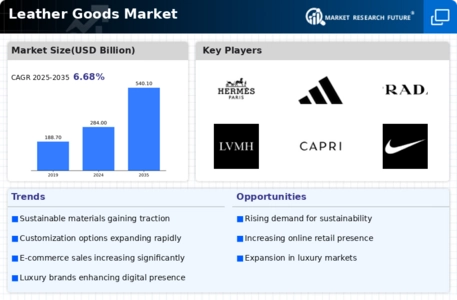
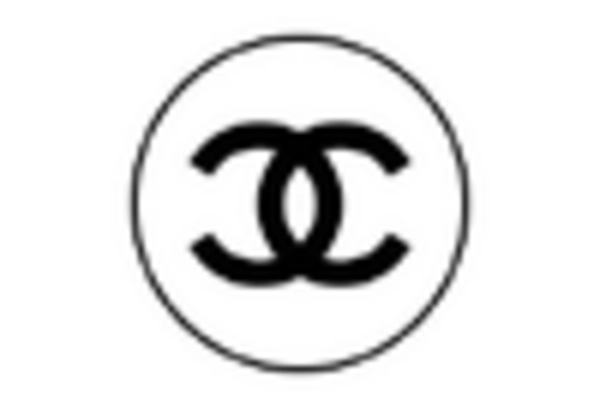
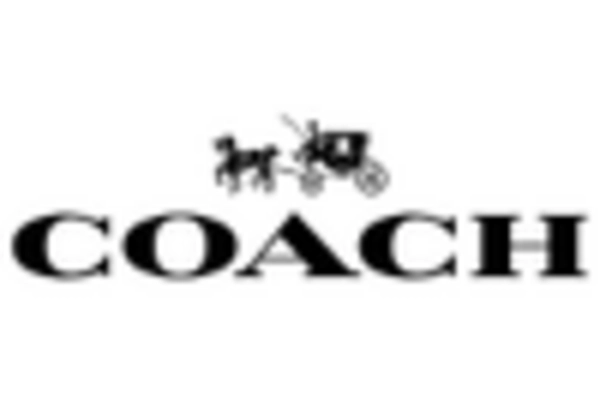
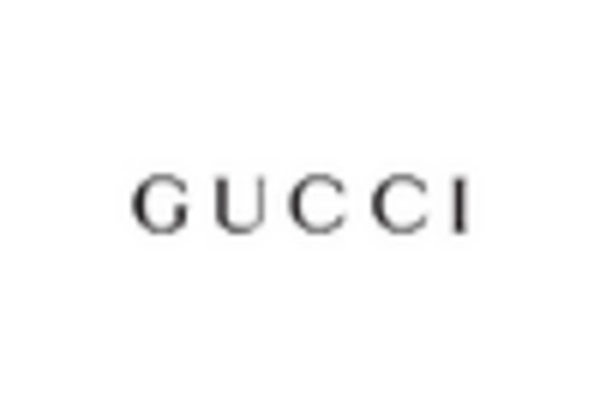
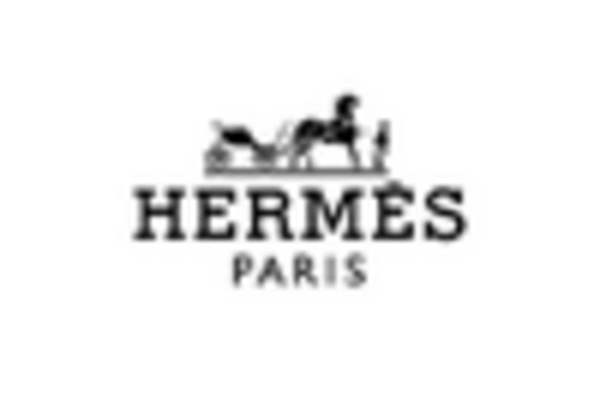
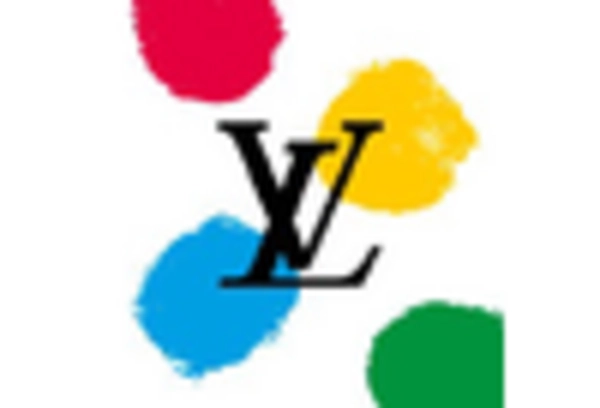
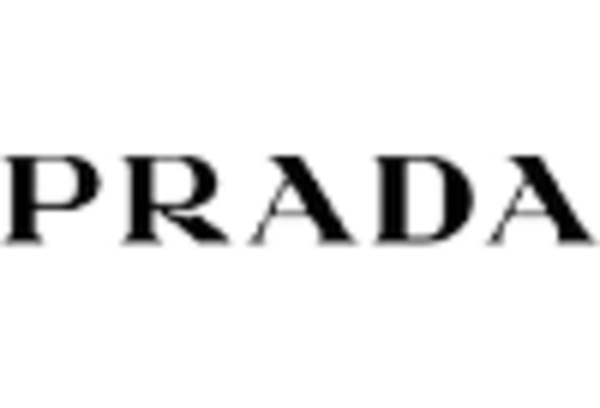








Leave a Comment